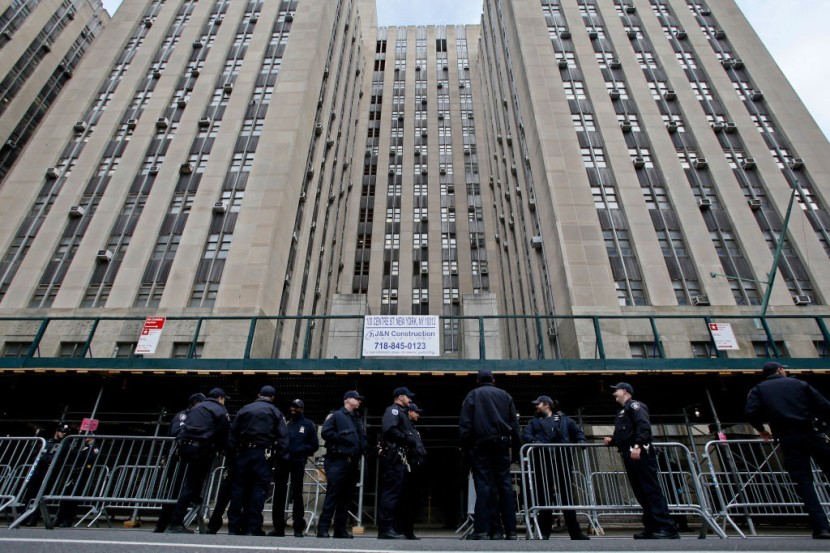New York's high-rise buildings in Manhattan's Upper West Side are now showing their commitment to reducing carbon emissions. A 30-story building has a basement filled with twisting pipes and tanks that gather carbon dioxide from the huge gas-fired boilers in the basement before it goes to the chimney and is released into the air.
The Goal
The goal here is to stop climate-warming gas from entering the atmosphere, as reported by the APNews. Currently, buildings are by far the largest source of greenhouse gas emissions. Additionally, the city's buildings emit more pollution compared to other states.
With this, building owners should make significant cuts starting in 2024; otherwise, they could be fined under a new city law. Over half of the buildings in NYW are subject to Local Law 97.
Property managers are now working to change how their buildings operate.
Carbon Capture Systems
A lot of property managers are installing carbon capture systems. This type of system cuts out carbon dioxide and then directs it into tanks and prepares it for sale to other companies. Companies that buy them can use it to make carbonated beverages, soap, or concrete.

This type of system is seen to help emissions goals without relocating residents for extensive renovations.
Environmental Groups Not Convinced
Many critics of environmental groups say that property managers should do more if they want to reduce emissions significantly. For one, buildings should be upgraded and switched to renewable-powered electricity instead. They are also concerned about the safety of storing huge amounts of carbon dioxide.
Moreover, the cost of implementing carbon capture systems can be high, making it an expensive solution for many property owners. Considering whether investing in such technologies would provide a better long-term return than other sustainable solutions is essential.
Furthermore, while carbon dioxide storage may seem like a practical solution initially, there have been concerns about leaks or accidents leading to catastrophic consequences. The safety risks associated with storing large amounts of this gas must be taken seriously before deciding whether this technology is worth pursuing further.
The carbon capture system doesn't reduce emissions but instead puts them elsewhere. Therefore, the emissions still exist. Hence, they encourage everyone to be clear that the only way to reduce emissions is to stop emitting them.
Is Carbon Capture the Best Way To Go?
While carbon capture technology may seem like a promising solution to reduce emissions, it is not a silver bullet. Environmental groups are urging property managers to take more significant steps towards reducing emissions, such as upgrading buildings and switching to renewable energy.
Additionally, the safety concerns surrounding carbon dioxide storage cannot be ignored. Ultimately, it remains to be seen whether NYC will recognize carbon capture technology as a viable emissions reduction solution.
More research needs to be done into the effectiveness and sustainability of carbon capture technology as an emission reduction strategy. While it has some potential benefits when incorporated alongside other measures, such as upgrading buildings and adopting renewable energy sources, environmentalists urge policymakers not only to rely on these technologies alone but implement policies that will encourage businesses towards green practices while prioritizing public health safety at all times.
Related article : New York City Subway Shooter Frank James Pleads Guilty to Terrorism Charges for Shooting 10 Passengers
© 2025 HNGN, All rights reserved. Do not reproduce without permission.








